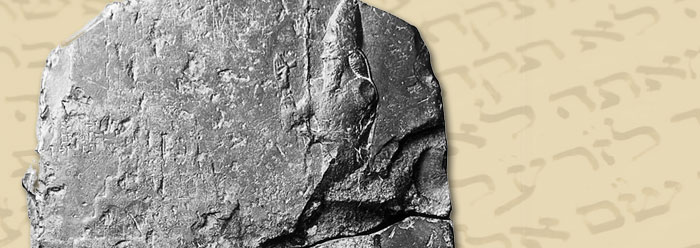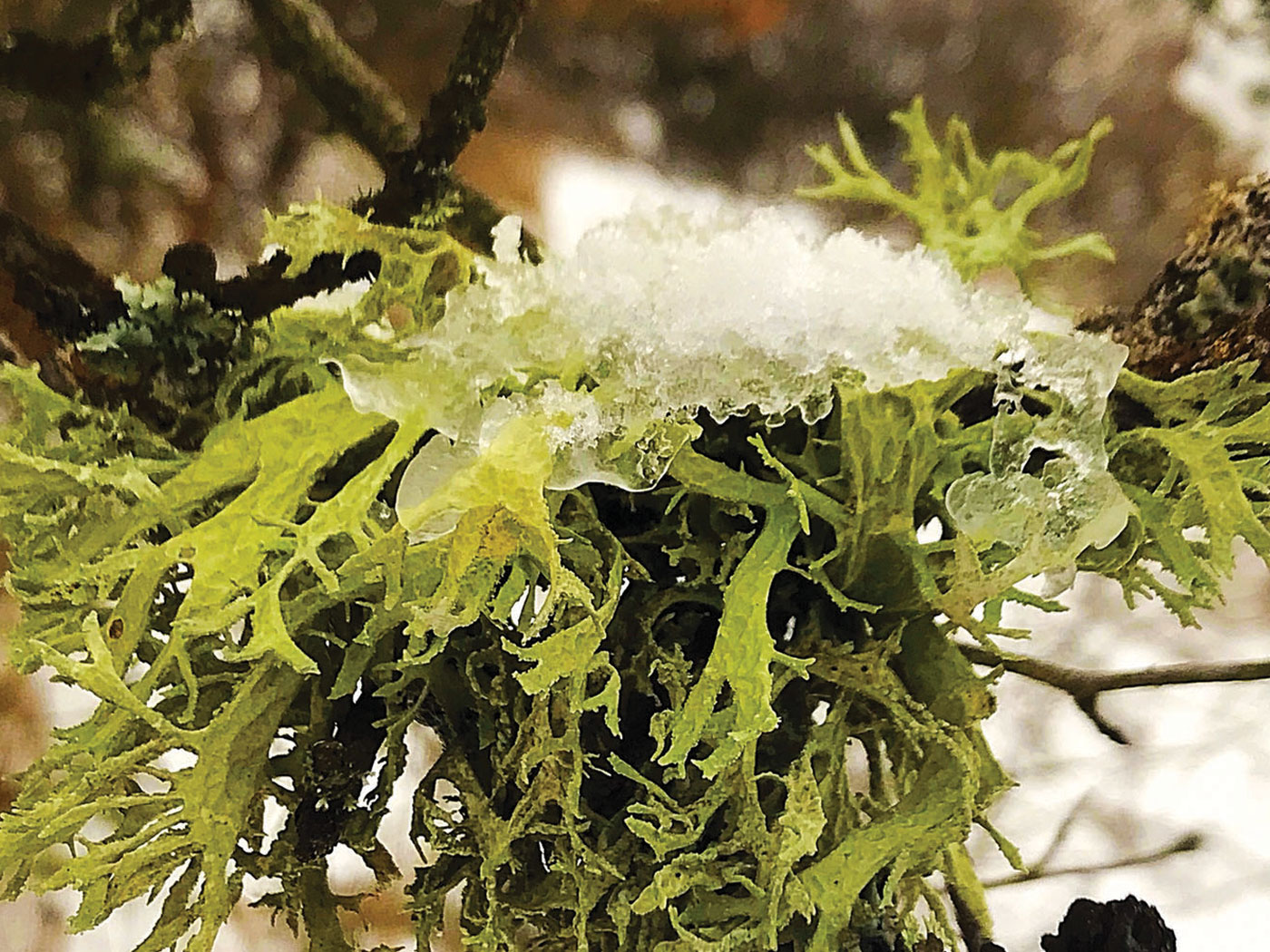With so many loud voices in our culture asserting that Genesis is a myth, one would think archaeologists have uncovered clear evidence that refutes it. On the contrary, some incredible archaeological finds confirm key events in Genesis.
In the 1970s, archaeologists discovered tablets made before 2000 B.C. at Ebla in northern Syria. Among them were found creation tablets1 that say, “Lord of heaven and earth: / The earth was not, you created it; / The light of day was not, you created it.”2
Cylinder seals are tiny stone rollers with carved three-dimensional reverse images that the ancients would roll across wet clay to impress picture patterns onto the clay before baking it in a kiln. One of the oldest seals shows a seated woman reaching for one of two fruits hanging from a tree. A man also reaches for fruit opposite her, and behind her a serpent slithers. It has every key element from the Fall of man found in Genesis 3.3
Another spectacular tablet from Nippur of Babylonia narrates Noah’s Flood. It was probably written before other Flood tales that added myths about angry gods. Hermann Hilprecht excavated tablet CBM 13532 in the 1890s from a library that the Elamites had destroyed before 2100 B.C.—not many centuries after the Flood event itself. The tablet’s broken lines of text say,
It shall sweep away all men together…before the deluge coming forth…Build a great ship.…it shall be a houseboat carrying what has been saved.…[br]ing the beasts of the field, the birds of heaven.4
Secular sources support creation beginnings, the garden corruption, and the Flood catastrophe. What about the language confusion at Babel or God’s covenant with Abraham? Ancient Romans carefully protected the Sibylline Books as part of Apollo worship. Which Genesis event does this Sibylline remnant call to mind?
And all mankind one language only knew… And now all intercourse, By some occult and overruling power, Ceased among men. By utterance they strove, Perplexed and anxious, to disclose their mind, But their lip failed them; and in lieu of words Produced a painful babbling sound: the place Was thence called Babel.5
Also, the famous Tower of Babel stele shows Nebuchadnezzar II, who destroyed Jerusalem in 586 B.C., and his plans to finish building the infamous tower that had been abandoned hundreds of years earlier.6
Secular sources also confirm kings and cities mentioned in Genesis 14. The first verse says, “And it came to pass in the days of Amraphel king of Shinar, Arioch king of Ellasar, Chedorlaomer king of Elam, and Tidal king of nations.” In 1895, assyriologist Theophilus Pinches found cuneiform tablet Sp. III. 2 archived at the British Museum. He presented his translation to the Victoria Institute in 1897, showing what the Hebrew of Genesis calls Arioch as Eri-aku, Chedorlaomer as Kudurlagmal, Tidal as Tudhula, and possibly Amraphel as Hammurabi, though the text breaks off after “Hammu.”7
Genesis 14:2 refers to Sodom, Gomorrah, and three other “cities of the plain.”8 Excavations at Bab edh-Dhra southeast of the Dead Sea starting in the 1960s revealed many clues that match the Sodom account.9 For example, the city and even its nearby cemetery were burned from the top down and, in places, lie beneath several feet of ash even today.
All these artifacts and more—including a 2,000-year-old stone commemorative building over the cave at Machpelah called the Tomb of the Patriarchs—bury the idea that Genesis was a myth. Archaeology clearly confirms Genesis.
Editor's note: Since this article was published, ICR has learned that Hilprecht’s translation, by his own admission, included Bible-centric verbiage not found on the tablet. ICR thus no longer advocates this tablet as having any more apologetic value than other cuneiform-inscribed Flood stories such as the Epic of Gilgamesh. For the standard translation of tablet CBM 13532, see Lambert, W. G. and A. R. Millard. 1999. Atra-Hasis: The Babylonian Story of the Flood. Winona Lake, IN: Eisenbrauns, 127.
References
- Wilson, C. 1977. Ebla : Its Impact on Bible Records. Acts & Facts. 6 (4).
- Davis, C. 2007. Dating the Old Testament. New York: RJ Communications, 93.
- Cooper, B. 2012. Authenticity of the Book of Genesis. Portsmouth, UK: Creation Science Movement, 55.
- Ibid, 392, 393.
- Hodges, E. R., trans. 1876. Cory’s Ancient Fragments of the Phoenician, Carthaginian, Babylonian, Egyptian and other Authors. London: Reeves & Turner, 76.
- George, A. 2011. A stele of Nebuchadnezzar II [Tower of Babel stele]. Cuneiform Royal Inscriptions and Related Texts in the Schøyen Collection. George, Andrew, ed. Bethesda, MD: CDL Press, 153-169.
- Pinches, T. 1897. Certain Inscriptions and Records Referring to Babylonia and Elam and Their Rulers, and Other Matters. Journal of the Transactions of The Victoria Institute. F.W.H. Petrie, ed. XXIX: 43-48.
- Genesis 13:12.
- Morris, J. 2013. Have Sodom and Gomorrah Been Discovered? Acts & Facts. 42 (4): 15.
Image credit: Detail of the Tower of Babel Stele showing a seven-level temple and the figure of Nebuchadnezzar II. Copyright © The Schøyen Collection, MS 2063. Adapted for use in accordance with federal Copyright (public domain and fair use doctrine) law. Usage by ICR does not imply endorsement of copyright holder.
* Mr. Thomas is Science Writer at the Institute for Creation Research.






















